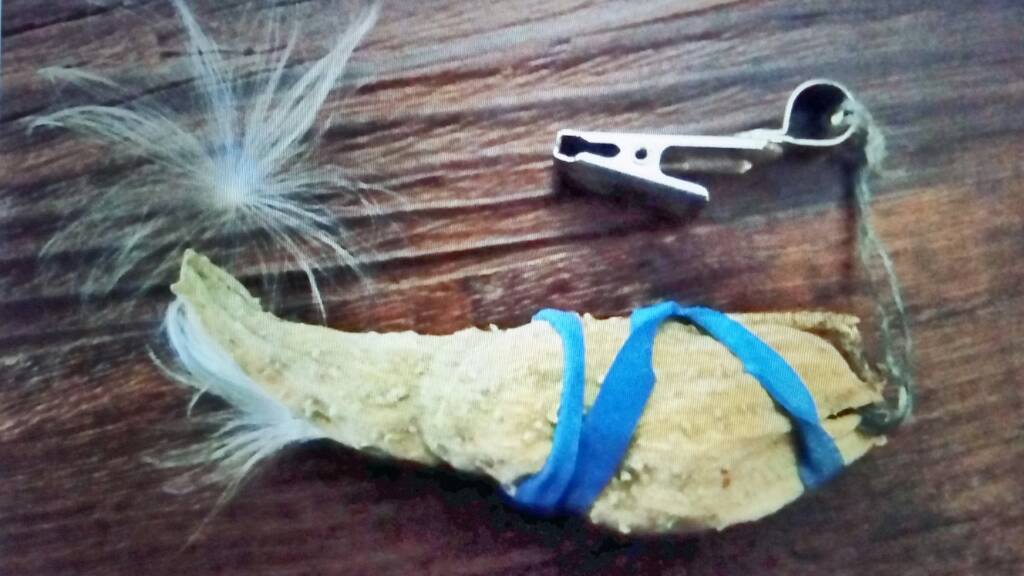I don't (bowhunt) hunt over my plots because it's a sure fire way to educate deer that they are being hunted.
And exactly where to set up for deer movements that RELATE to plots will depend on...1, What part of the season are you hunting? 2, And how the terrain and cover lay in relation to the plot, and 3, a low disturbance access (both to, and from the stand).
If hunting near plots during the seek phase, I'd prefer to hunt movement patterns of bucks that are scent checking the plot for does.
Those location are often back off the plot 75 or 100 yards down wind. I think it's risky to hunt over a plot during the seek phase of the rut.
And no matter where in the woods I'm hunting, I really like to find places on the OUTSIDE bend of movement patterns. Those spots are often a weak spot in a buck's attempt to be downwind of where they are heading. Bucks DO travel with a tail wind during the rut, but for the ones that are scent checking feeding areas, bedding areas, or scrapes, I like to be downwind, on a bend in movement patterns. If such a spot can be found on a cover seam and terrain/structure change, then it's a place I'd seriously consider hunting.


